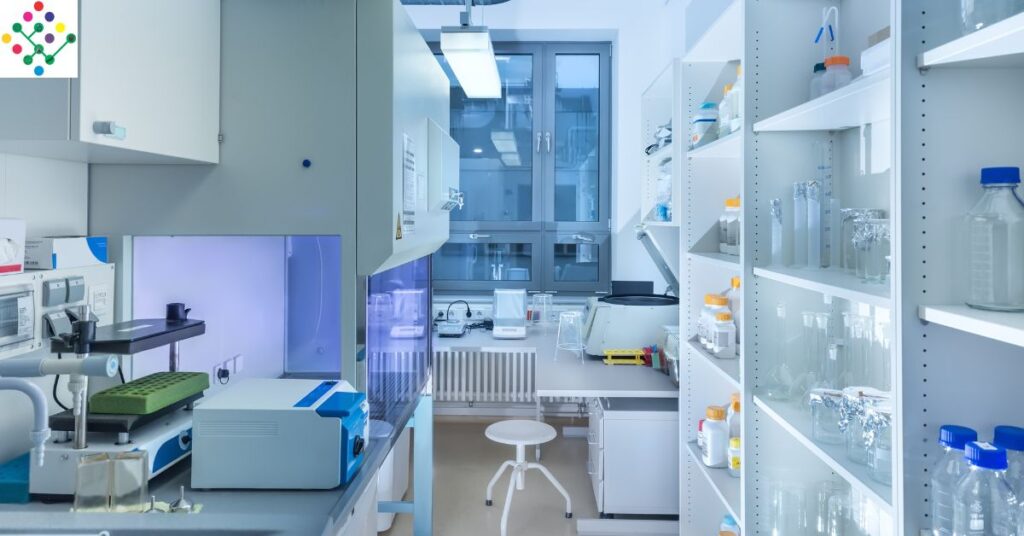Buying a stability chamber requires thorough research. It is utilized for replicating various environment conditions artificially. In order to find the right stability chamber, you have to know everything about the same. Read through to understand the basic details about the stability chamber.
A stability chamber is a tool used to procedurally change just two certain parameters in order to simulate different climatic situations. Thus, a stability chamber is extensively employed in the pharmaceutical sector while evaluating pharmaceuticals and treatments to establish the fundamental shelf-life of the aforementioned products as well as their resistance to environmental changes. Depending on the particular testing criteria, the stability chamber may be divided into environmental chambers, temperature-humidity chambers, accelerated test chambers, photo stability chambers, and cold chambers.
Construction
- Fully transparent glass door and lighted interior.
- Steel with a mirror or dull surface is used to make the inside of insulated chambers.
- Stainless steel and G.I. powder coating as model choices for the exteriors.
- To ensure a reliable and consistent seal, use heavy-duty door hinges and locks.
Flexible, space-saving stability chambers
A stable environment must be maintained during the stability test in order to get the results. Results may be distorted by even little extrinsic factors. Our stress test-specific stability chamber operate independently of water supply. Additionally, they take up less space due of their relatively large chambers rather than deep ones. The temperature range of stability chambers designed for stress testing is -10 to 100 degrees Celsius, with maximum stability assured at a temperature of about 85 degrees Celsius and relative humidity of 85%. Particularly for the automotive, packaging, and plastics sectors, BINDER climate chambers are the best option.
SPECIFICATIONS
A stability chamber is a piece of precision testing apparatus that operates with extremely small tolerances. The chamber’s internal temperature shouldn’t vary by more than 2 to 3 degrees Celsius, and the humidity shouldn’t fluctuate by more than 5 percent either way. For evaluating samples, phophoto stability to stability chambers should output more than 200 watts of UV radiation and 1.2 million lux hours of visible light.

